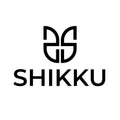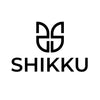Once relegated to the domain of waste, discarded leather materials are now undergoing a remarkable metamorphosis through the process of upcycling, creating a sustainable and stylish revolution in the fashion industry. In this comprehensive exploration, we dive deep into the intricacies of the upcycling process, unravelling the differences between upcycled leather, vegan leather, and eco-friendly leather. Join us on this journey as we uncover the significance of upcycling, both for companies and consumers, and unravel the myriad benefits that the upcycling fashion industry brings to the table.
The Upcycled Leather Revolution: A Conscious Path to Fashion

In the heart of the upcycling revolution lies the transformation of discarded leather materials into exquisite fashion pieces. Unlike traditional leather production, which often involves the extensive use of new resources and raises environmental concerns, upcycled leather takes a bold step towards sustainability. This process involves rescuing discarded leather pieces from various sources, such as manufacturing scraps, old furniture, or disused garments, and giving them a new life as stylish and eco-friendly accessories.
Upcycled Leather vs. Vegan Leather and Eco-friendly Leather: Unveiling the Differences
To appreciate the uniqueness of upcycled leather, it's crucial to contrast it with its counterparts—vegan leather and eco-friendly leather.
Vegan Leather: The Synthetic Dilemma
Vegan leather, often composed of materials like polyurethane or polyvinyl chloride (PVC), aims to mimic traditional leather without using animal products. While the intention is commendable, the reliance on synthetic materials derived from petrochemicals introduces environmental concerns. These materials contribute to pollution, and their non-biodegradable nature raises questions about their impact on end-of-life disposal.
Eco-friendly Leather: The Ambiguous Alternative
Eco-friendly leather attempts to mitigate the environmental impact of traditional leather production by adopting sustainable practices. However, the term "eco-friendly leather" encompasses a variety of methods, making it imperative to scrutinise each brand's specific practices. While some may focus on using less water and reducing chemicals, the overall commitment to reducing waste and environmental impact can vary significantly.
Upcycled Leather: A Holistic Solution
Upcycled leather stands out as a comprehensive solution in the sustainability competition. Crafted from discarded, high-quality leather pieces that would otherwise contribute to landfill waste, upcycled leather addresses multiple facets of environmental impact. It not only reduces waste but also diminishes resource consumption, offering a holistic answer to sustainability challenges. The unique strength of upcycled leather lies in its ability to match the durability of traditional leather while introducing distinctive twists and a trend-setting flair absent in mass-produced items.
The Upcycling Process at a Closer Look: From Discards to Masterpieces
The journey of upcycled leather begins with the collection of discarded leather materials. These can be sourced from various places, including manufacturing waste, old leather garments, or even disused furniture. The selected materials undergo a meticulous sorting process, where damaged or unsuitable pieces are set aside, ensuring only the highest-quality leather is utilised in the upcycling journey.
Once sorted, the salvaged leather undergoes a cleaning and treatment process to remove any impurities or residues from its previous life. This step not only ensures a clean slate for the material but also prepares it for the subsequent phases of the upcycling process.
The next stage involves cutting and shaping the cleaned leather pieces into the desired components for the intended products, whether it be bags, accessories, or garments. This step requires precision and expertise to maximise the utility of the salvaged materials and minimise waste.
The cut pieces then move to the assembly phase, where skilled artisans and craftsmen meticulously bring the components together, showcasing their expertise in creating unique and stylish items. The upcycled leather products undergo quality checks to ensure they meet the highest standards, both in terms of durability and aesthetic appeal.
Finally, the transformed upcycled leather emerges as a fashionable and sustainable accessory, ready to make a statement in the world of fashion. The end result is not just a product; it's a testament to the possibilities that arise when sustainability meets craftsmanship.
Why Upcycling Matters: The Importance for Companies
Upcycling holds immense importance in the modern fashion landscape, offering a host of benefits for both companies and consumers.
Environmental Impact: Reducing the Fashion Footprint
Upcycling significantly reduces the environmental footprint of the fashion industry. By repurposing discarded materials, the need for new resources is diminished, contributing to a more sustainable and eco-friendly approach to fashion production. This reduction in waste aligns with the growing awareness and demand for environmentally conscious practices within the industry.
Sustainable Practices: A Shift in Fashion Paradigms
Companies that embrace upcycling showcase a commitment to sustainable practices, signalling a shift in the traditional paradigms of the fashion world. This not only resonates with an environmentally conscious consumer base but also positions these companies as leaders in ethical and responsible fashion.
Community Engagement: Empowering Artisans and Local Communities
The upcycling process often involves skilled artisans and craftsmen, creating opportunities for community engagement and empowerment. By supporting upcycled fashion, consumers contribute to the livelihoods of these artisans and foster a sense of community within the fashion industry.
Reduced Environmental Impact: Tackling Fashion Waste
One of the primary advantages is the significant reduction in environmental impact. Upcycling directly addresses the issue of fashion waste by repurposing materials that would otherwise end up in landfills. This approach aligns with global efforts to reduce the environmental burden of the fashion industry and promotes a more circular and sustainable model.
A Further Dive into the Importance of Upcycling: For Consumers
As well as holding great importance for companies, upcycling also offers many benefits for consumers.
Unique and Limited Editions: Exclusivity in Sustainability
From a consumer standpoint, upcycled fashion offers the allure of uniqueness and limited editions. Each piece crafted from upcycled materials carries a story of transformation, making it a distinctive addition to one's wardrobe. This exclusivity aligns with the growing trend of consumers valuing individuality and seeking products that reflect a conscious and mindful approach to fashion.
Economic Empowerment: Supporting Local Artisans
The upcycling fashion industry contributes to economic empowerment by supporting local artisans and craftsmen. As the demand for upcycled fashion grows, so does the need for skilled individuals who can transform discarded materials into stylish masterpieces. This creates job opportunities within local communities, fostering economic growth and contributing to the overall well-being of the artisans involved.
Consumer Awareness and Conscious Choices: A Shift in Mindset
The upcycling fashion industry plays a pivotal role in raising consumer awareness and encouraging conscious choices. As consumers become more informed about the environmental impact of traditional fashion practices, they increasingly seek alternatives that align with their values. Upcycled fashion provides an avenue for individuals to make mindful choices, contributing to a more sustainable and ethical industry.
Forging a Sustainable Fashion Future
The upcycling process, especially when applied to leather, represents a transformative force in the fashion industry. It not only addresses environmental concerns but also contributes to economic empowerment, encourages consumer consciousness, and fosters a culture of innovation and creativity. Upcycled leather, with its unique qualities and advantages, stands as a beacon of sustainability in an industry evolving towards a more ethical and eco-friendly future. As consumers, designers, and brands continue to embrace the beauty of upcycled fashion, they collectively contribute to a paradigm shift that celebrates both style and environmental responsibility. The journey from discarded materials to fashionable treasures showcases the potential for a more harmonious relationship between fashion and the planet. This is why, here at Shikku, we strive to create upcycled leather bags that do not only look good but feel good, truly style with soul.


